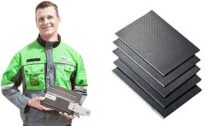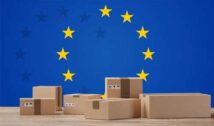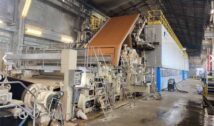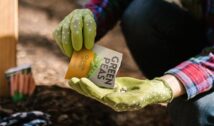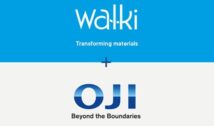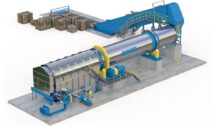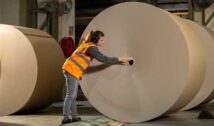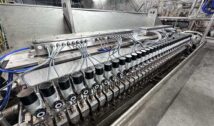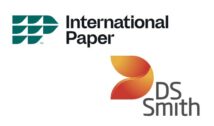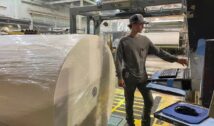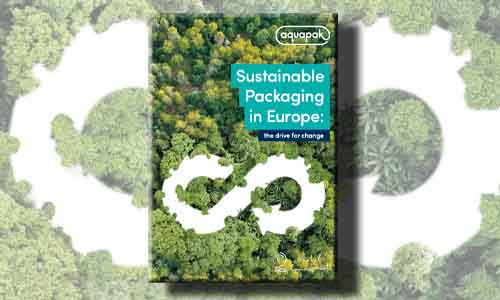
New research commissioned by material technologies business, Aquapak, with 150 sustainable packaging producers and users in the UK, Italy and Germany1, reveals that the majority (85%) believe that the recycling targets set out in the European Commission’s Packaging and Packaging Waste Directive (PPWD) as part of the Circular Economy package are achievable. Some 87% also think that recycled content targets are achievable.
The proposed regulation sets out that all packaging must be fully recyclable by 2030 and ‘Recycled at Scale’ by 20352. The directive also proposes increasing the amount Recycled content in plastic packaging by 2030 – for example, 30% for single use plastic beverage bottles, 35% for all other plastic packaging.
However, there are barriers to achieving these targets. Almost two thirds (64%) of respondents said the most significant barrier is the lack of alternative materials which are easy to recycle, followed by 59% who said that the recycling infrastructure is not good enough to improve recycling across all material types, and half said it is still too expensive to move to alternative materials.
The study also explored if there should be any changes to the proposals. Over two thirds (69%) said there should be additional regulations to include the recycling of materials such as film, 61% said there should be more ambitious targets when it comes to the use of recycled content and 59% said recycling targets should be more ambitious. Just over half (52%) said there should be tough penalties for the waste industry if appropriate investment in new recycling technologies is not made.
In terms of accelerating the development of alternatives to plastic, 67% said they would like to see are easier access to research an innovation funding, 62% said more supportive government policies and 46% said dedicated centres of excellence were needed to development.
Commenting on the findings, Mark Lapping, Chief Executive Officer, at Aquapak, said: “Our study suggests that the proposals for new recycling and recycling content may not be challenging enough but that there are also significant barriers to support the use of different materials and improving key recycling infrastructure. We need to accelerate the use of new technologies such as novel polymers which will help the packaging industry use resources more effectively, and offer functionality and positive end of life outcomes such as recyclability, compostability and biodegradability.”
Aquapak has developed HydropolTM, a polymer based on PVOH, which can be successfully coated on to both paper and board, with proven gas and grease barrier properties, with additional functionality such as heat seal and increased paper sheet strength can also be imparted, making it suitable for a range of packaging uses such as bags and pouches.
Aquapak has already proven that Hydropol coated paper is 100% repulpable in standard pulping systems and can be fully recycled and it proven to give real improvement when set against current regulations which allow the ‘recyclable’ label to be used if there is up to 15% unrecyclable material in the product. If littered Hydropol is biodegradable, compostable, as well as being non-toxic and marine-safe.



